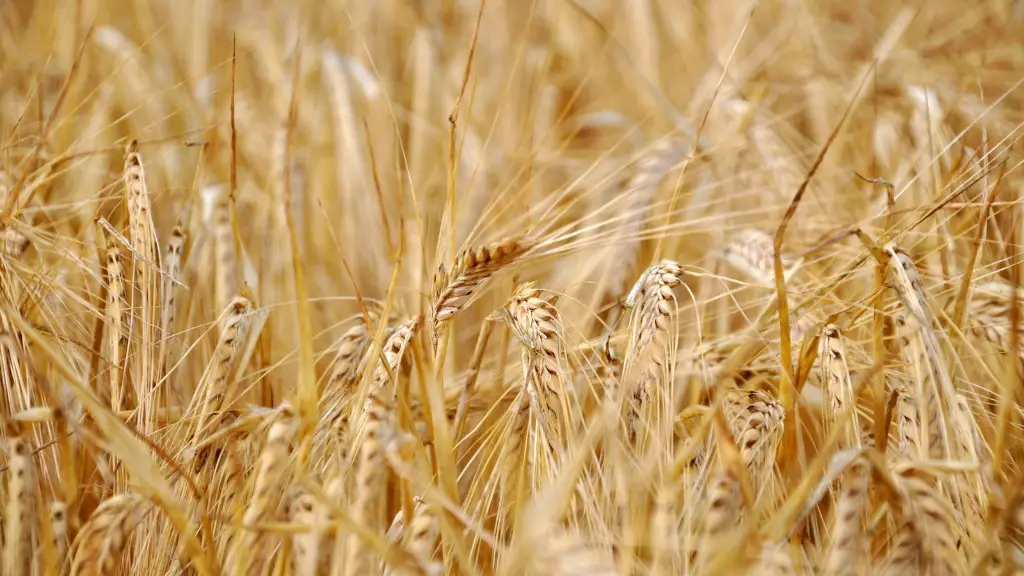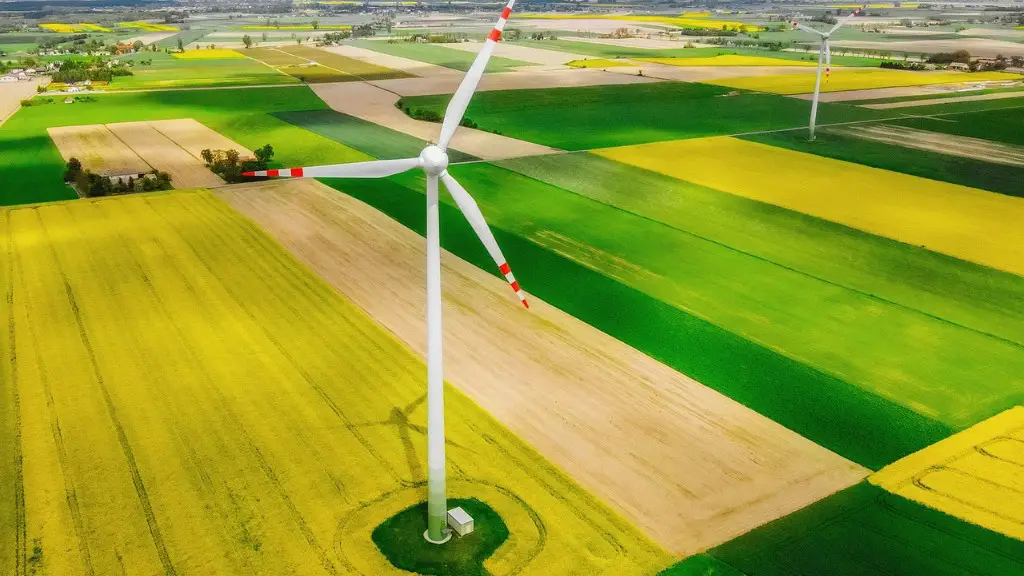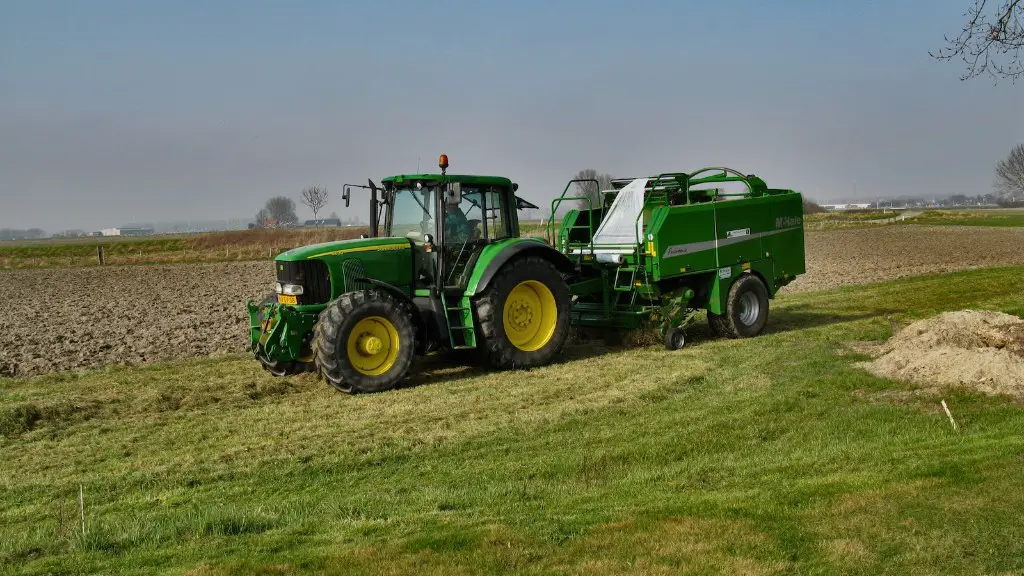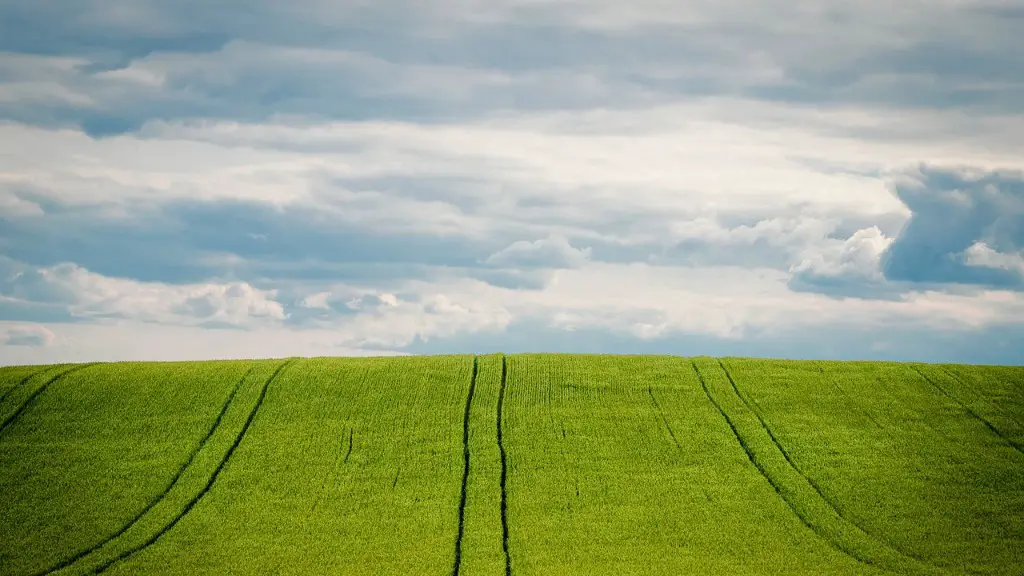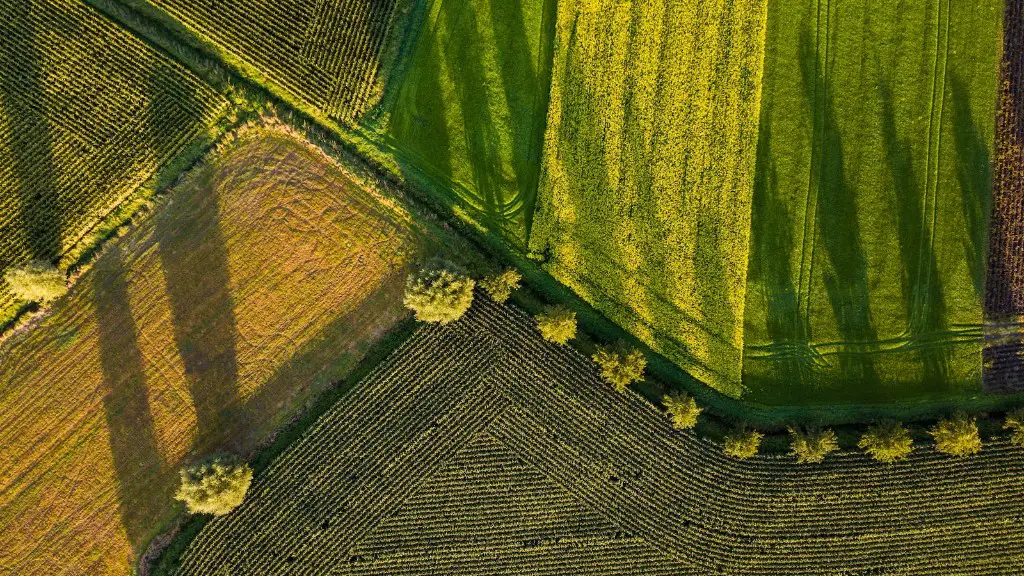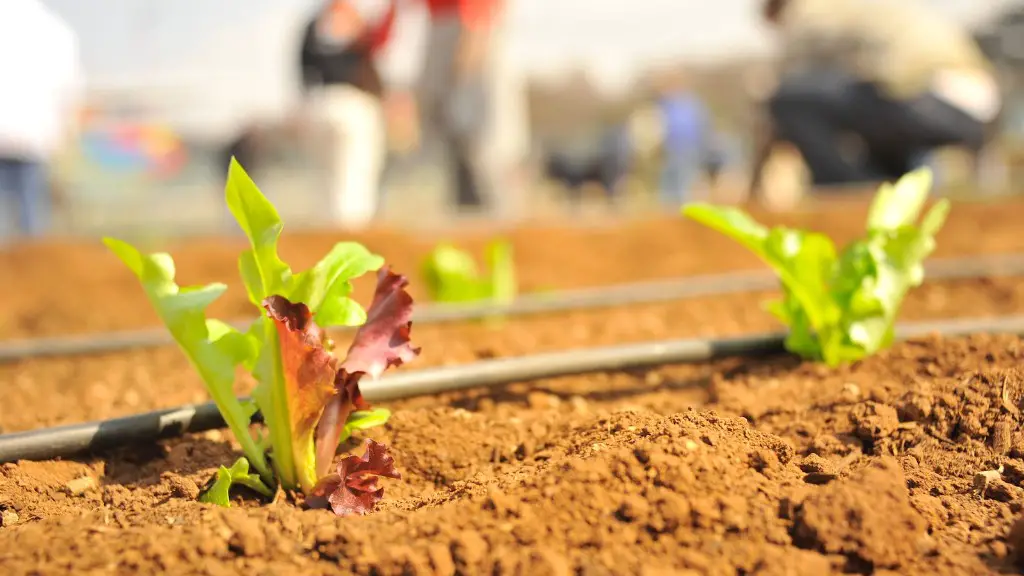The history of world agriculture is a long and complex one, with origins that date back to the very earliest days of human civilization. Over the millennia, the ways in which we have grown food have changed and evolved tremendously, in response to the challenges and opportunities posed by the ever-changing natural world and the needs of our growing populations. Today, agriculture is a vital and multi-faceted industry that plays a significant role in both the developed and developing world. Here, we will take a closer look at the fascinating history of agriculture, and how it has helped to shape the world we live in today.
Agriculture is the art and science of cultivating the soil, growing crops and raising livestock. Agriculture was the key development in the rise of sedentary civilization, whereby farming of domesticated species created food surpluses that allowed people to live in cities. The history of agriculture began thousands of years ago. Early methods included ground fires to clear land, ox-drawn plows and hand sowing of seed. In the 18th and 19th centuries, new techniques such as crop rotation, selective breeding and mechanization of farming began to be widely adopted. Agriculture has played a major role in human history; it has been both a source of subsistence and of great economic, social, and political importance.
What is the brief history of world agriculture?
Agriculture is a critical invention in human history, responsible for sustaining larger populations and facilitating the development of civilizations. The Neolithic era saw the first domestication of plants and animals, as well as the first use of metal tools. This period was crucial in the development of human society.
The Smith-Lever Extension Act was passed in 1914, setting up a system of agricultural extension services in the United States. The Capper-Volstead Act was passed in 1922, giving cooperatives legal immunity from antitrust laws. The Agricultural Adjustment Act was passed in 1933, providing for government subsidies to farmers. The Soil Conservation and Domestic Allotment Act was passed in 1936, providing for soil conservation and domestic allotment programs. The Rural Electrification Act was passed in 1936, providing for the electrification of rural areas. The 1945-70 period was a period of great change in agriculture, with the introduction of new technologies, the development of new crop varieties, and the increased use of chemical fertilizers and pesticides. The National School Lunch Program was established in 1946, providing free or reduced-cost lunches to children in school.
Where did the history of agriculture begin
The Fertile Crescent was home to some of the earliest farmers in the world. The region’s ample rainfall and fertile soil made it ideal for agriculture, and the first farmers in the Fertile Crescent were able to reap the benefits of this bountiful landscape. Today, the Fertile Crescent is still an important agricultural region, and its rich history and culture are a testament to the early farmers who first made it their home.
The agricultural sector is vast and complex, and includes many different types of businesses and organizations. The most obvious businesses related to agriculture are those involved in food and beverage production, including food and beverage manufacturing, food and beverage stores, and food services and eating/drinking places. Other sectors that are closely related to agriculture include textiles, apparel, and leather products; forestry and fishing; and agricultural services.
What are the 4 types of agriculture?
There are four main branches of agriculture, which are livestock production, crop production, agricultural economics, and agricultural engineering. Each branch has its own focus and area of expertise, and all are necessary for the overall success of the agricultural industry.
1. Agriculture provides the main source of raw materials for many industries.
2. It is important to international trade.
3. It plays a big role in a nation’s revenue.
4. It provides employment for millions of people.
5. It is crucial to a country’s development.
6. It can help heal the environment.
7. It goes hand-in-hand with war.
8. It helps to feed the world’s population.
What are the 3 most significant events in agriculture?
1831: Cyrus McCormick invented the grain reaper. 1836: The grain combine was patented. 1837: John Deere began manufacturing plows. These three inventions revolutionized the agricultural industry and changed the way that crops were harvested. The grain reaper allowed for a much more efficient way to harvest crops, and the grain combine allowed for a more efficient way to thresh and clean grain. John Deere’s plows were also a big improvement over the old style of plows, and they allowed farmers to plow their fields much more easily.
Did you know that agriculture is the single largest employer in the world? There are 914 million acres of farmland just in the US! The average US farmer can feed 155 people, which is pretty amazing. Beef farming accounts for 29% of American farms, so if you’re a fan of steak, you can thank a farmer! agriculture is a huge part of our world and it’s fascinating to learn more about it.
What are the big 4 in agriculture
The agricultural industry is controlled by a few large companies, known as the Big 4. These companies are DowDuPont, Bayer-Monsanto, ChemChina-Syngenta, and BASF. They control the majority of the market, and have significant power over farmers and the food supply. The Big 4 have been criticized for their monopolistic practices and their negative impact on the environment.
Agriculture was extremely important to the Egyptians. It not only provided food for the population, but also fueled the economy. The farmers were able to sell their surplus crops, which allowed them to buy other goods and services.
In the pre-dynastic period, the Egyptians began to practice agriculture on a large scale. This was made possible with the development of basin irrigation. Basin irrigation is a type of irrigation in which water is directed to a central point, such as a valley or basin. This allowed farmers to irrigation large areas of land, which increased crop yields.
The Egyptians were able to increase their food production by using new techniques, such as crop rotation. Crop rotation is a type of agriculture in which different crops are planted in different years. This helps to prevent soil depletion and increases crop yields.
The Egyptians were also able to improve their agriculture by making use of animal power. Oxen and donkeys were used to plow fields, and herd animals were used to help with the harvest.
The development of agriculture allowed the Egyptians to create a surplus of food. This surplus allowed them to trade with other people for goods and services. The Egyptians were able to trade their surplus crops for other goods, such as cloth
Why did humans start agriculture?
Domesticating plants and animals allowed humans to settle in one place and develop agricultural communities. This way of life transition from a nomadic hunter-gatherer lifestyle and created families and larger groups. By domesticating plants and animals, humans were able to build communities and establish a more reliable food supply.
Some of the earliest crops cultivated by early humans were wheat and barley. These crops were likely chosen for cultivation due to their ability to thrive in a variety of climates and their high nutritional value. Over time, wheat and barley became integral staples in the diets of many cultures around the world. Today, these grains are still consumed on a daily basis by billions of people.
What are the 5 F’s of agriculture
Agriculture is one of the most important aspects of our lives – it is what provides us with the food we eat, the fabric we wear, and the flowers we enjoy. It is important to remember the five F’s of agriculture – farming, food, fabric, forestry, and flowers – to better understand how integral it is to our lives. Agriculture is fascinating and complex, and by understanding it better we can appreciate all that it does for us.
The “6 F’s of Agriculture” is a great way for students to learn about the different aspects of agriculture. It covers farming, food, fiber, forestry, fishing and flowers. This is a great resource for students who are interested in learning more about agriculture.
What are the 12 types of agriculture?
Aquaculture Farming
Aquaculture farming is a type of farming that focuses on the cultivation of aquatic animals or plants. This type of farming is often used in order to supplement the wild fish supply, as well as to produce fish for human consumption. Aquaculture farming can be done in both freshwater and saltwater environments.
Cooperative Farming
Cooperative farming is a type of farming that is owned and operated by a group of farmers. This type of farming allows farmers to pool their resources, which can make it easier and more affordable to get started in farming. Cooperative farming can also help farmers to share risk and ideas.
Hay Farming
Hay farming is a type of farming that focuses on the production of hay. Hay is a dried grass that is used as food for livestock. Hay farming can be done in both small and large scale operations.
Organic Farming
Organic farming is a type of farming that focuses on the production of food using organic methods. This type of farming generally avoids the use of synthetic pesticides, herbicides, and fertilizers. Organic farming can be done on a small or large scale.
Urban Farming
Urban farming is a type of farming that is done in urban areas
Subsistence farming is a type of farming that is practised to meet the needs of the farmer’s family. The main objective of subsistence farming is to produce enough food to feed the farmer’s family and to provide a modest standard of living. This type of farming is typically undertaken in areas where the geographical conditions are not conducive to large-scale commercial agriculture. subsistence farming is often associated with poverty and poor living standards.
Commercial farming is a type of farming that is undertaken with the aim of generating a profit. Commercial farmers typically grow crops or raise livestock for sale in the market. This type of farming is typically undertaken in areas where the geographical conditions are favourable for large-scale agriculture. Commercial farming often generates higher incomes and living standards than subsistence farming.
Conclusion
The history of world agriculture is a long and complicated one, with various regions of the world developing different methods and technologies at different times. In general, however, it is agreed that the origins of agriculture can be traced back to the Fertile Crescent in the Middle East, where early civilizations such as the Sumerians and the Babylonians began to domesticate plants and animals for food. From there, agriculture spread to other parts of the world, with the Chinese developing irrigation systems and the Indians developing the plough. In more recent times, the industrialization of agriculture has led to the development of more efficient methods of food production, as well as the introduction of new crops and livestock from different parts of the world.
Throughout the history of agriculture, there have been many different practices and techniques employed by farmer in order to produce food for the world. Agriculture has changed and evolved over time, and will continue to do so in order to meet the ever-changing needs of the world.
